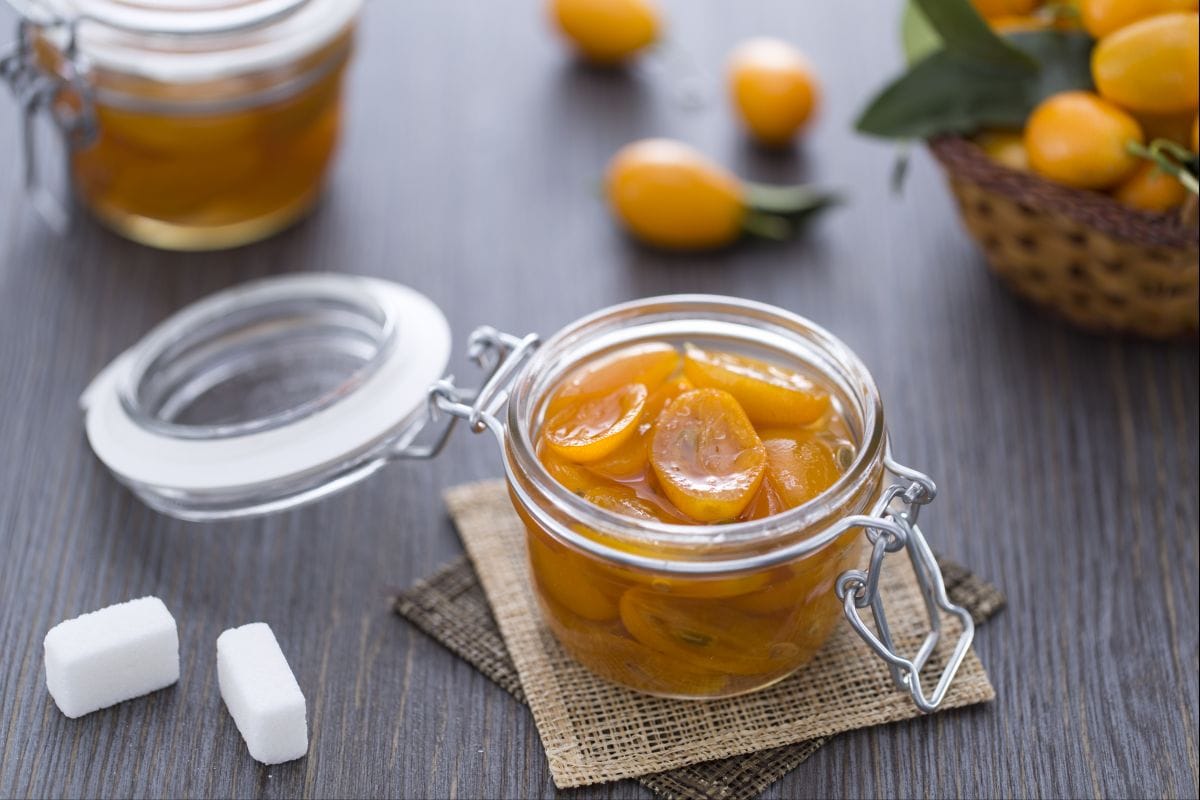Tart with Caramelized Kumquats
- Average
- 2 h 40 min
- Kcal 717

Candied kumquats are this super tasty mix of sweet and tangy. They're crafted with a traditional method that makes these small citrus fruits, well, really really special. Originating from China, kumquats go through a few rounds of blanching before they take a dip in syrup. This way, they lose that intense bitterness but keep the juicy pulp and soft skin—pretty awesome.
Now, this process? It’s rooted in old-school ways of preserving kumquats, kinda like how Mediterranean kitchens handle other citrus fruits. Gently cooking them in sugar and water? Seriously good. It lets the fruit soak up all that sweet goodness, turning them into these glossy, tender bites that pair super well with all sorts of dishes.
The balance is key. The natural zingy bite of kumquats and mellow sugar makes them way different from other kumquat recipes. While homemade candied kumquats might remind you of citrus preserves, they offer so so many possibilities. You can use them as a bright, flavorful topping on cakes or tarts. And the sauce? Perfect alongside rich red meats or creamy soft cheeses.
Plus, do not forget the sticky syrup left behind; it’s awesome drizzled over ice cream or yogurt. Honestly, it’s a simple, moist treat. While other preserves may focus on oranges or lemons, this one is a punch of flavor that’s both familiar and fresh.
For those curious about candied citrus fruits or wondering how to candy kumquats, the process is simple but so rewarding. It’s like a taste of tradition with a modern twist, letting the kumquat shine in both crisp desserts and savory dishes. Whether you're in a bustling city or chilling in the countryside, these little gems add a pop of color and flavor that's tough to beat. And look, with their versatile use and delicious taste, candied kumquats are sure to charm anyone craving a unique citrus experience.
You might also like:

To prepare candied kumquats, start by sanitizing jars and lids, as indicated in the Ministry of Health guidelines provided at the end of the recipe. Then take the kumquats and rinse them thoroughly under plenty of water. Next, proceed to reduce the bitter taste of their peel: take a high-sided pan, fill it with plenty of water, and heat. When the water is boiling, pour in the kumquats 1 and let them blanch for 2-3 minutes. Then drain them 2. Repeat the blanching operation at least 3 times. Finally, place the kumquats in a bowl and let them cool 3.

At this point, take the kumquats and cut them in half 4. Then take a high-sided pan and fill it with plenty of water. When the water is boiling, pour in the kumquats 5. Then add the sugar 6.

Let them cook for 30-40 minutes on low heat to caramelize the kumquats. The kumquats will be caramelized when they take on an amber color 7. At this point, drain them using a colander, collecting the syrup in a bowl 8. Then place the still-warm kumquats in the sanitized jars, which can be of different sizes according to your needs. Fill with the syrup you collected in the bowl, leaving about half an inch from the top of the jar 9. If you use jars with twist-off (screw) lids, close them tightly but not too tight and let them cool. With the heat of the mixture, a vacuum will form, allowing the product to be stored for a long time. Once the jars have cooled, check if the vacuum has occurred correctly: you can press in the center of the lid and, if you don't hear the classic "click-clack," the vacuum has occurred. If you use jars with rubber gasket closures, when consuming the kumquats, you can test the vacuum by pulling the appropriate tab: if it produces a sharp sound when pulled, it means the content has been preserved with the correct vacuum. If pulling the tab, the gasket feels "soft," it means the vacuum wasn't created correctly, and it's better not to consume the content. Once you have verified that the storage was successful, your candied kumquats are ready to be consumed!